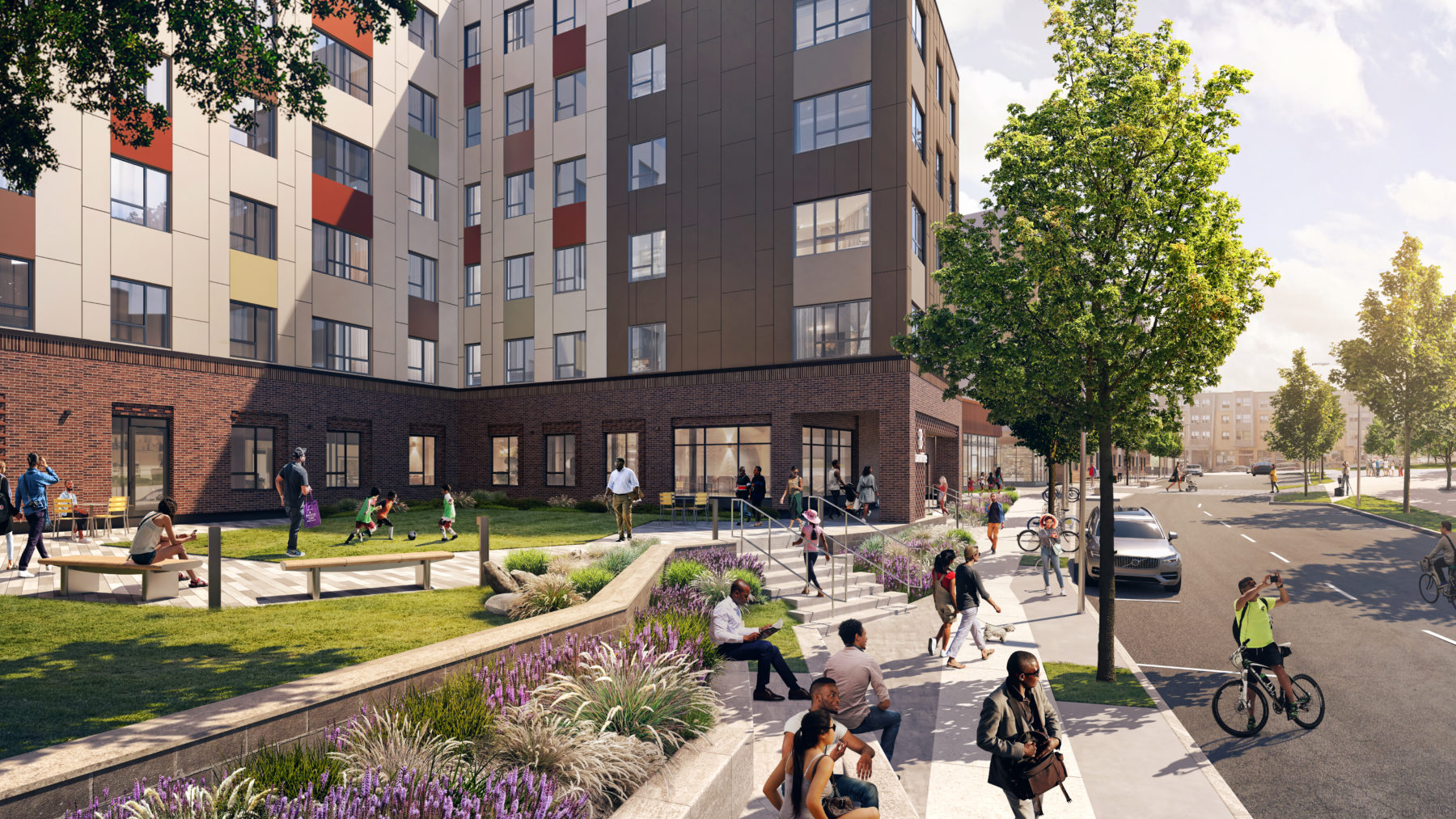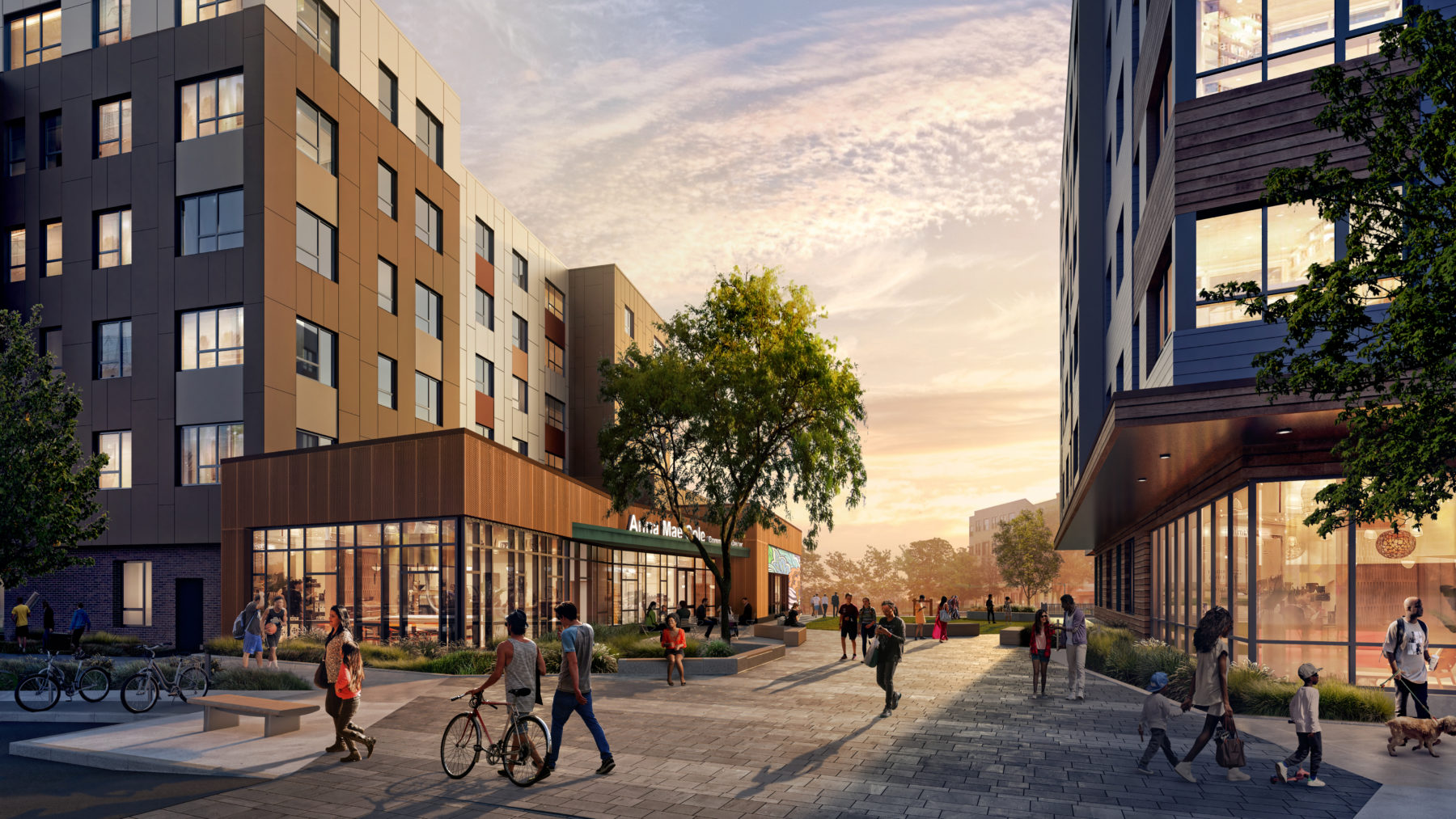Our design work in communities of all types and sizes reveals a powerful, universal truth about the real purpose of what we do as architects. Simply stated, it is the realization that design is not about just the building. It is about the place.
If you think about the narrative connected with architecture, the story is usually confined to how nice it looks instead of how well it works. PCA’s purpose centers on placemaking. The task is to design active, welcoming communities – designed at a human scale – that people will embrace for generations to come.
Our practice at PCA, our role as architects, is to create a successful community experience – while also providing a compelling design. We are after a holistic objective, a design that reflects the character of a neighborhood, understands its traditions, and respects stakeholder aspirations for a better future. In short, we take a different attitude into the design opportunity, an attitude that energizes the process and resets conventional design norms.
Empathy First
In order to design using these human experience values, we begin with empathy as an anchor. Empathy is the capacity to step into other people’s shoes, understand their lives, and address issues from their perspective.
When planning a community housing or mixed-use project, empathy includes the fundamental idea that the people you are designing for, including your client, future residents, city oversight officials, neighbors and local businesses and civic associations are sources for great solutions.
An example of this is taking place right now at the Mildred C. Hailey Apartments redevelopment project in the Jamaica Plain neighborhood of Boston. This large-scale redevelopment will consist of approximately 690 apartments including replacement of the existing 253 public housing units and the construction of 435 new low income to middle income affordable apartments. Our scope, including 224 apartments looks to activate the public realm around the first two built buildings.

